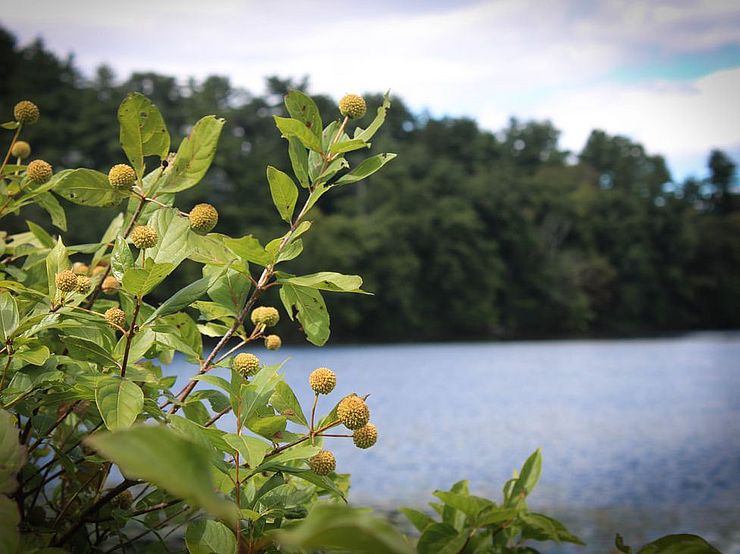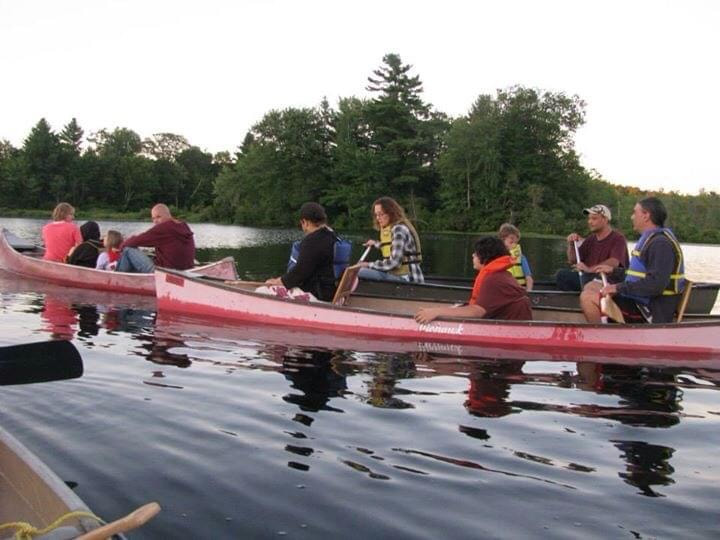Water
The Watershed of our Homelands
Our ancestral Nipmuck homelands include a large number of small ponds and lakes within central Massachusetts, Northeastern Connecticut and Northwestern Rhode Island.

Webster Lake
Webster Lake occupies much of the southern half of the town of Webster. It is also known by its Nipmuck name, Chaubunagungamaug which signifies "divided fishing place" or "fishing place at the boundary" The lake was once divided into exclusive fishing zones with the Nipmuck at the northern part of the lake living in a village also known as Chaubunagungamaug and a related Nipmuck group living at Monuhchogok (Manchaug) to the south of the lake. The lake's full name is Chargoggagoggmanchauggagoggchaubunagungamaugg which translates to 'to divide,' and 'fishing pond.'
The French River
The French River, also known as Maanexit River is a river in south-central Massachusetts and northeastern Connecticut, USA. Maanexit was a Nipmuck village on the Quinebaug River in Connecticut located near what is Thompson and Woodstock, Connecticut. The river rises near Leicester, Massachusetts, and flows generally southwards through Auburn, Oxford, and along the town line between Webster and Dudley; it then enters Connecticut where it joins the Quinebaug River at Thompson, just northeast of Putnam.
The Quinebaug flows into the Shetucket River and then the Thames River eventually emptying into the Long Island Sound.
The river's total length is 25.3 miles, with 18.8 miles in Massachusetts.
It drains a watershed area of about 95 square miles, containing 67 lakes and ponds, 38 of which cover at least 10 acres. Lake Chaubunagungamaug (Webster Lake) in Webster, Massachusetts is the only lake in its basin that is larger than 500 acres, at 1,195 acres.

The Lake Siog Recreation Area
The Lake Siog Recreation Area in Holland Massachusetts is the location of our annual powwow and affords a place for hunting, paddling, boating (launches) & fishing.
Water was and still is important to our band. We view water as a vital element of our culture, as it is not only essential for life, but we also consider it sacred, embodying power and wisdom. It is a source of purity, healing, and transformation.
We believe that it is our honor to protect our sacred water through conservation efforts and activism.
